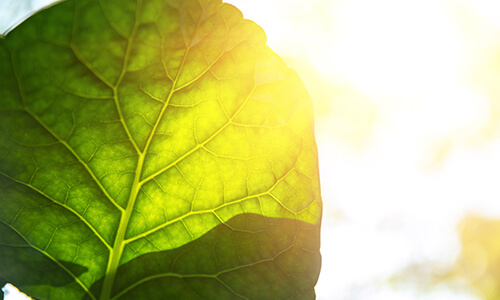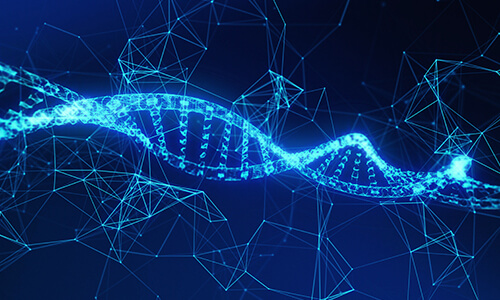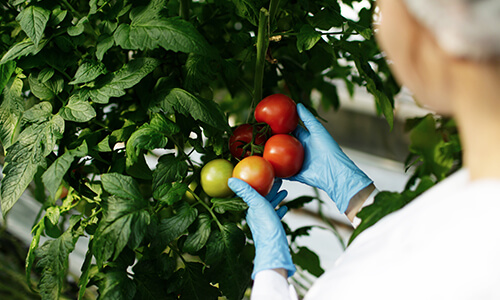Overview of Photosynthesis
Crop plant photosynthesis falls into two main classes C3 and C4. These differ in the metabolic pathway employed to fix carbon dioxide (CO2).
In temperate regions C3 photosynthesis is used by most crop types (e.g. wheat, barley, potato and the brassicas). C4 photosynthesis is a supercharged version of C3 photosynthesis which ultimately allows higher concentrations of CO2 to build up. The C4 system is important in many crops in hotter, drier climates, such as maize, sorghum or millet. Warming climates are expected to increase the importance of C4 crops in Europe.
After decades of research we now know photosynthesis is made up of approximately 170 interdependent steps. Recent advances using genetically modified plants, such as tobacco and Arabidopsis, have shown that photosynthesis can be significantly improved, by adjusting some steps, leading to crop yield increases above our 10% target. The photosynthetic rate does not directly extrapolate to whole plant growth rates, there are complex interactions between physiological and environmental parameters. The challenge to translate from laboratory to field now drives multiple international efforts, including Horizon 2020 projects and the Gates Foundation “Realizing Increased Photosynthetic Efficiency for sustainable increases” (RIPE) programme to re-engineer photosynthesis.
Our team will look at natural populations and GM plants as tools to investigate mechanisms to exploit natural variation in key traits: Rubisco activity, SBPase activity and rapid induction and relaxation of (NPQ). Using mutant plants we will look at adjusting chlorophyll to reduce crop shading and enhance light use efficiency.
Potential targets for improvements within the photosynthetic processes have been selected. The seven most promising sub-traits are:
Tuning the Calvin Cycle
1. Rubisco activity and activation state
2. Activity of the RuBP regeneration phase of the Calvin cycle
The kinetics of photosynthetic responses to changes in irradiance
3. Kinetics of build-up of Calvin cycle after an irradiance increase
4. Activation of rubisco after an irradiance increase
5. De-activation of the qE component of non-photochemical quenching after an irradiance decrease
Tuning leaf chlorophyll content
- Photosystem II antenna size
- Photosystems density
In Europe plants with improved photosynthesis using genetic modification, are not readily acceptable as crop plants. Instead crop breeding for European markets must rely primarily on new varieties exploiting genetic diveristy derived from natural variation or traditional methods of mutagenesis. Therefore, the central focus of CAPITALISE is to identify naturally occurring genetic variation for the target sub-traits. These genetic resources will then be used to increase photosynthetic efficiency in the target crops.
Read more about

Calvin Benson cycle

Kinetics

Tuning Chl

Phenotyping

Data modelling
